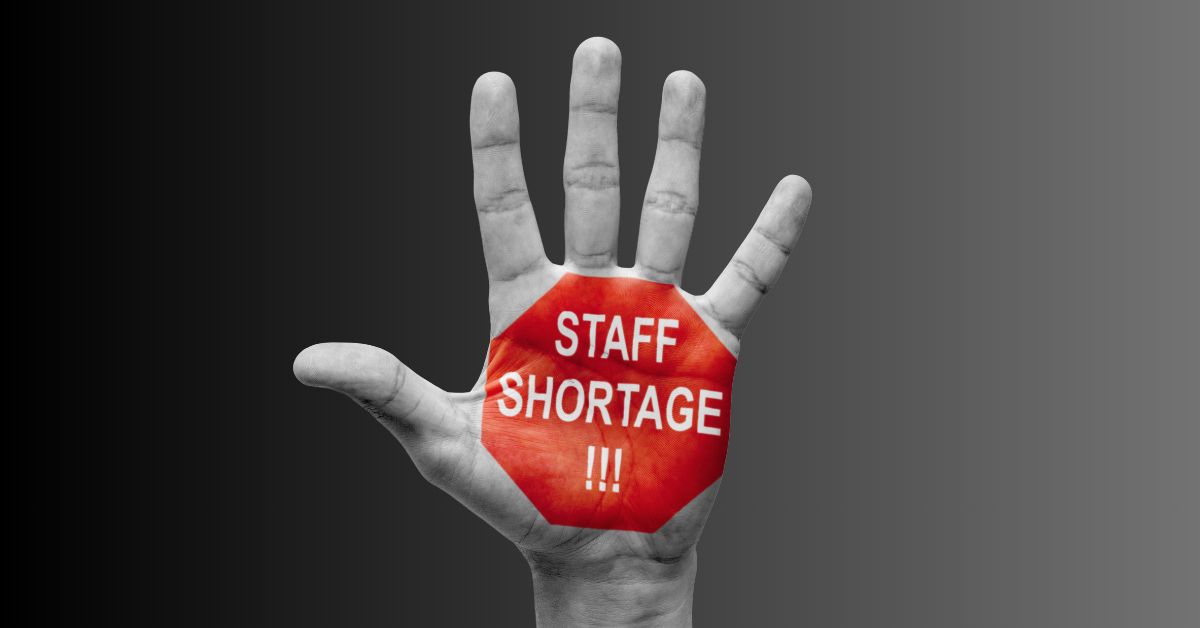Beyond Words: The Power of Nonverbal Communication in Job Interviews
November 1st, 2024

Acing the interview is crucial for landing your dream position. While your resume and qualifications are essential, research suggests that a significant portion of a hiring decision is based on nonverbal communication. This article delves into the psychology of nonverbal communication, exploring how body language, eye contact, facial expressions, and even your handshake can influence an interviewer's perception and ultimately, impact your chances of success.
The Science Behind Nonverbal Cues
Nonverbal communication encompasses all forms of communication that don't involve spoken words. This includes facial expressions, gestures, posture, eye contact, and even your physical appearance. Studies suggest that nonverbal cues can convey a wealth of information, including our emotions, confidence level, and even our personality traits.
A landmark 1967 study by Albert Mehrabian, a pioneer in nonverbal communication research, found that communication consists of 7% words, 38% vocal qualities (tone, pitch, volume), and a whopping 55% facial expressions. While the exact percentages might be debated, this research highlights the significant role nonverbal communication plays in how we are perceived by others.
The Interview as a Nonverbal Performance
Job interviews are inherently stressful situations. However, understanding the power of nonverbal communication can help you manage anxiety and project a confident, professional image. Here's a breakdown of key nonverbal elements and their impact on the interviewer:
- Eye Contact: Maintaining good eye contact demonstrates confidence, attentiveness, and genuine interest in the conversation. Research published in the Journal of Nonverbal Behavior in 2018 found that candidates who made frequent eye contact were rated as being more confident, trustworthy, and hireable. However, avoid staring directly at the interviewer, as this can be perceived as aggressive. Aim for natural eye contact, breaking it occasionally to take notes or refer to your resume.
- Posture: Your posture speaks volumes. Sitting up straight with your shoulders relaxed projects confidence, openness, and an eagerness to learn more about the opportunity. Slouching or fidgeting can convey boredom, disinterest, or nervousness.
- Facial Expressions: A genuine smile conveys warmth, approachability, and enthusiasm. However, avoid excessive smiling or smirking, which could come across as insincere. Active listening involves subtle facial expressions like nodding or furrowing your brow in concentration, demonstrating your engagement in the conversation.
- Handshake: A firm and confident handshake creates a positive first impression. A weak handshake can signal nervousness or lack of confidence. However, avoid a crushing handshake that might come across as domineering.
- Gestures: Hand gestures can enhance your communication; however, avoid excessive gesturing that can be distracting. Nervous habits like fidgeting with your clothes or hair might convey anxiety.
Beyond the Basics: Nuances of Nonverbal Communication
Understanding nonverbal communication goes beyond isolated gestures or expressions. It's about creating a cohesive picture that conveys professionalism and a good fit for the company culture.
- Mirroring and Matching: Subtly mirroring the interviewer's posture or hand gestures can create a sense of rapport and build trust. However, avoid mimicking them excessively, as this can appear insincere.
- Mirroring the Company Culture: Observe the company's dress code and tailor your attire accordingly. A professional yet comfortable outfit that aligns with the company culture demonstrates respect and understanding of their environment.
- Mirroring the Interview Format: Pay attention to the interviewer's energy level. If they are enthusiastic and animated, you can respond with a similar level of engagement. However, if they are more reserved, maintain a professional and respectful demeanor.
- Effective Communication: The Combination of Words and Nonverbal Cues:
While nonverbal communication is powerful, it's important to remember it works in conjunction with your verbal communication. Ensure your body language complements your spoken words. For example, if you are expressing enthusiasm for the opportunity, your nonverbal cues should reinforce that message.
Practice Makes Perfect
Just like preparing written responses for common interview questions, you can practice your nonverbal communication. Record yourself answering practice interview questions and analyze your body language, posture, and facial expressions. Ask a friend or family member to provide feedback and help you refine your nonverbal communication skills.
The Silent Advantage
Mastering nonverbal communication in interviews offers a strategic advantage. By understanding the power of your body language, eye contact, and facial expressions, you can project confidence, professionalism, and genuine interest in the opportunity. Remember, nonverbal communication is a two-way street. Pay attention to the interviewer's nonverbal cues as well, as they can offer valuable insights into the company culture and their perception of your candidacy.
By combining strong verbal communication skills with a confident and professional nonverbal presence, you can significantly improve your chances of landing your dream job. Don't underestimate the power of the silent language – it can speak volumes about your qualifications and suitability for the role.
Additional Tips for Nonverbal Communication Success
- Dress for Success: While appearance may seem superficial, dressing professionally demonstrates respect for the interviewer and the opportunity.
- Arrive Early: Punctuality sends a positive message about your time management skills and respect for the interviewer's schedule.
- Minimize Distractions: Turn off your phone and avoid checking your watch during the interview.
- Positive Energy: Smile, show enthusiasm, and project a positive attitude throughout the interview.
Final Thoughts
The job search is a competitive process. By honing your nonverbal communication skills, you can gain a significant edge over other candidates. Investing time in understanding nonverbal cues and practicing your interview presence can make a world of difference in creating a lasting positive impression and securing your dream job!



.png)
















